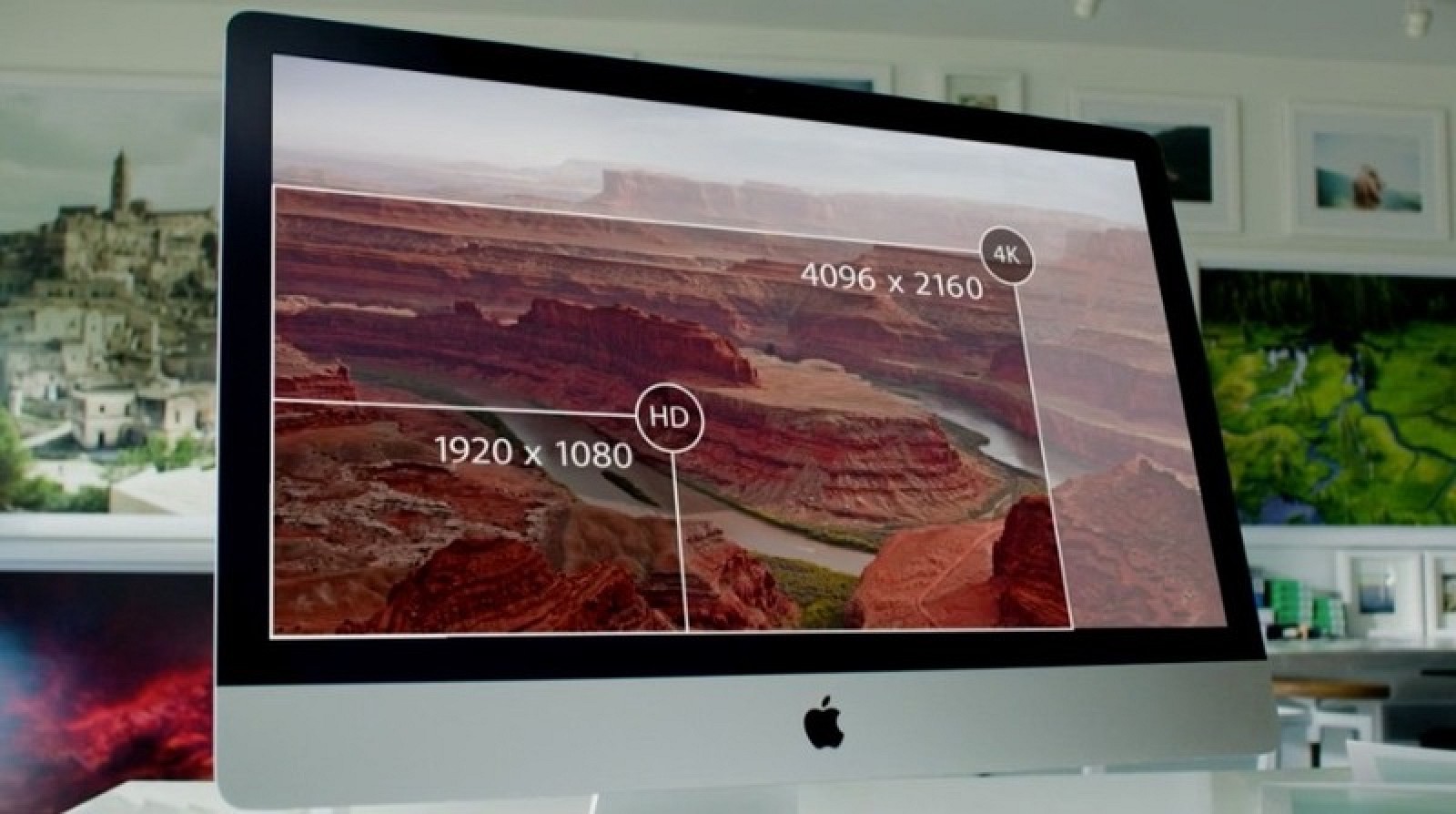| | | Within the constraints of your budget and desk space, get the largest monitor you can. You'll rarely regret buying a monitor that's too big, but you'll always regret buying one that's too small.
dg> In my opinion, the monitor is the best investment you can make in computing. How fast the computer is or how much memory or hard drive space you might have are secondary to the size and clarity of the monitor. My eyes are just too damn important!
There are also super-widescreen monitors with 21:9 aspect ratio (2.35:1). Many of these models are curved, and most of them are 34-inch displays with lower-than-4K resolution.If you can afford it, go 4K; if not, choose one with a 16:9 aspect ratio, which is most commonly 1,920x1,080 (FHD, or "full HD"). You can find the aspect ratio by dividing the horizontal resolution by the vertical resolution, and the the result for 16:9 should be 1.77:1.If you run Windows 10 and sit arms-length or closer to your display, get a touchscreen. If you sit farther back, it's too awkward to use on a regular basis.Make sure the stand can adjust to the appropriate height for you to use comfortably as well as tilt to a usable angle.Go with one that you find attractive, which for many people is synonymous with "thin bezels." You'll be staring at it a lot. If you're a gamer, you're going to want a monitor that uses the image-enhancement platform that matches your graphics card -- G-Sync for Nvidia or FreeSync for AMD -- and that has a latency (also referred to as response time) of 5 milliseconds or less.If you need accurate color, it needs to have a color gamut larger than sRGB, the ability to set color temperature either in the onscreen menu or in software. Optimally, you also want to be able to store color profiles in the display as well, but this is an expensive feature.Make sure that the input connections on the display match the output connections on your computer. Or remember to buy an adapter if they don't. You'll have to pay around $150 or more for anything other than a "dumb" display -- just a connected screen and nothing else. Even built-in speakers are a step-up feature that you'll need to seek out. cnet.com
WHAT YOU GET FOR ABOUT...
Size (inches)ResolutionPanel technologyColor gamutConnectionsAdditional features (the previous price class plus the new ones)| Under $150 | $150-$250 | $250-$500 | $500-$1,000 | Over $1,000 | | Up to 24 | Up to 32 | Up to 32 | Up to 34 | Big | | Up to 1,920 x 1,080 | Up to 1,920 x 1,080 | Up to UHD 4K (3,840 x 2,160) | Up to Cinema 4K (4,096 x 2,160) | Up to UHD 4K (3,840 x 2,160) | | TN | IPS, VA, curved; touchscreen | IPS/PLS, curved | IPS/PLS, curved | IPS/PLS, curved | | Smaller than sRGB | Smaller than sRGB | 99-100 percent sRGB | 99-100 percent sRGB | 100 percent Adobe RGB/90 percent DCI-P3 | | 1 x DVI, VGA, HDMI, DisplayPort | 1 x DVI, VGA, DisplayPort; 2x HDMI | 1 x DVI, VGA, DisplayPort, DVI; 2x HDMI | 1 x Thunderbolt 2, DisplayPort, Mini DisplayPort; 2x HDMI; additional output ports | 1 x Thunderbolt 2, DisplayPort, Mini DisplayPort; 2x HDMI; additional output ports | | Nvidia G-sync or AMD FreeSync support, adjustable stand | USB Hub, Picture-in-picture | Speakers, heaphone jack, simultaneous dual inputs, SD card slot, wireless charging platform, color space presets, fast refresh rates for gaming | Pixel pitch below 0 |

Apple 27-inch iMac with Retina 5K display:
16GB Memory | 1.0TB Fusion Drive
I am presently considering buying the Apple iMac as my main machine and installing parallels on so I use it for both Mac and Windows 10. or maybe just installing Windows 10 only.
or maybe this.

Your display is the most important component of your computer system.
cnet.com |
|






